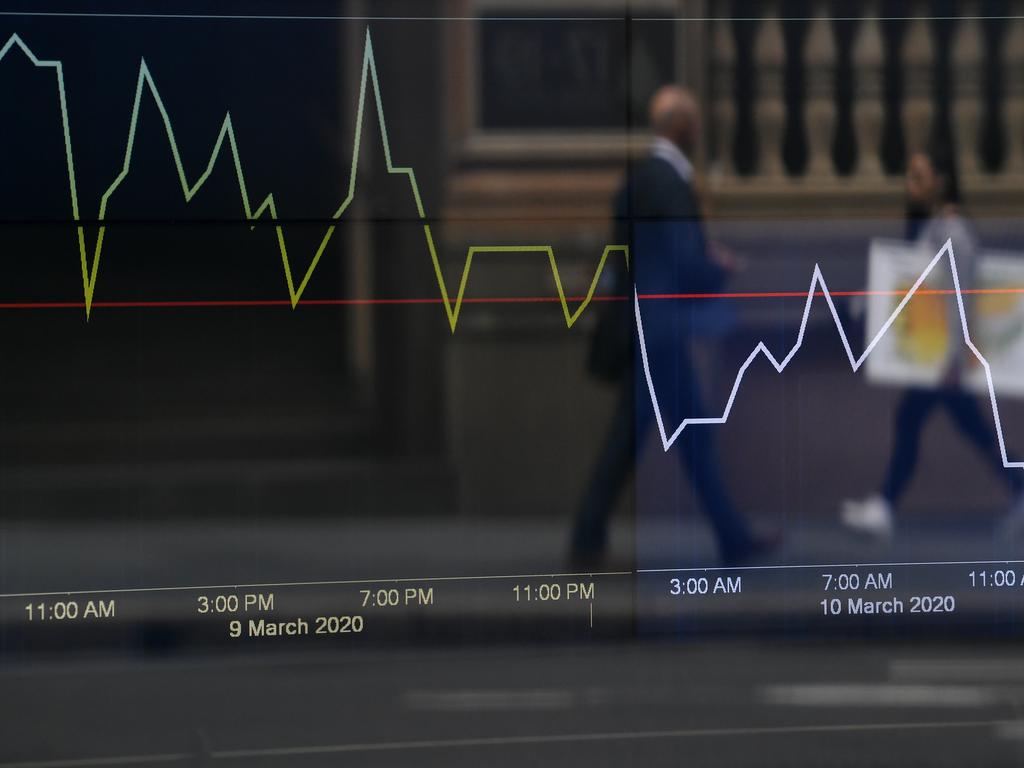Bumbling regulators hurt SMSFs
Repeated incidents suggest government regulators paint a picture of the SMSF sector that is worse than reality.

Here we are in the middle of a bruising year for markets and we have either had a most unfortunate string of misunderstandings or else the powers that be are doing all they can to make self-managed super funds look unattractive.
If we are to take government agencies at their word, doing your own super is very expensive and extraordinarily time consuming. Worse still, we are led to believe SMSF operators are trailing behind the bigger funds in their amateur attempts to invest successfully.
Among the million-plus investors in SMSFs it’s that last suggestion — that they are worse investors than the armies of AMP or AustralianSuper — which probably hurts the most.
The Australian Prudential Regulatory Authority has just released a batch of data for the three months to March 31 — it puts forward how each type of super investor did over the quarter. On average, says APRA, super investments fell by 7.7 per cent over the quarter, but SMSF investors did the worst, losing 9.4 per cent.
Is that so? How did they get the figures so quickly from all those “mum and dad” funds who do their numbers annually?
It turns out the big funds do report very regularly, but DIY investors don’t do that, so APRA makes an informed guess. As Graeme Colley, a leading technical adviser on super who is now executive manager at SuperConcepts, suggests: “You’ll find they have to adjust those numbers when SMSFs actually report in a few months’ time.”
The problem in the meantime is that these “official” numbers get circulated and SMSF operators are made to look like dupes.
In reality SMSFs hold two very useful structural advantages: they have a much bigger asset allocation in cash than most big funds, and they have a higher exposure to the sharemarket rebound which has taken place since the market bottomed in mid-March.
Even with the sharemarket sell-off we witnessed this week, it is very likely retail investors have caught a larger benefit from the recent 50-day unbroken upswing in prices. As Paul O’Connor, head of multi-asset at Janus Henderson, wrote recently: “Most institutional investors seem to have underestimated the rally.”
If the debatable APRA calculation was isolated it could pass unnoticed. But every regulator gets a chance to kick the SMSFs in the heels and they do it again and again.
Last year another regulator — the Australian Securities & Investments Commission — made the comical claim that on average SMSF operators spend more than 100 hours a year managing their funds.
Honestly! What would any SMSF operator be doing for 100 hours? Rebalancing every few days, repeatedly filling out forms for the Australian Taxation Office?
Again the incident revolved upon what was a debatable calculation from a government official who no doubt does not have an SMSF and is unlikely to have any real idea of how they work or what effort they require.
An SMSF can be set up requiring very little time if they are simple — a blend of cash and exchange-traded funds with a single property asset could constitute a substantial fund and would not require half the time ASIC suggested.
These regular incursions on SMSFs from the big regulators may be defended in that mistakes may be made with the best intentions, but it is at the Australian Taxation Office where the rubber really hits the road. The ATO is both the regulator of SMSFs and the tax collector. It is a poor structure and it means the Australian Taxation Office is judge and jury for policing the sector.
Every other month the ATO issues some dire warnings to SMSF operators on what they may or may not do. The latest issue arose in the area of property development where the ATO has taken a very hard line on the thorny issue of “in-house assets”. It has been made clear that a contravention of existing rules can never be fully rectified. One specialist super tax lawyer, Maria Siu of SuperCentral, warned this week that a failure to comply on the ATO’s in-house assets rules would be “catastrophic” if SMSF operators got their structure wrong.
Catastrophic warnings, debatable official calculations, and tortuously complex regulations — SMSFs are not for everyone, but you could be forgiven for thinking SMSFs are a no-go area for all but the bravest. Despite these pressures, the latest numbers show there has been an upswing in SMSF commencements this year as investors get frustrated with seeing their own super shrink while paying fees to big fund managers.
John Maroney, the CEO at the Self Managed Super Funds Association, recalls that in the wake of the GFC there was an uptake in commencements of super funds and now in another “crash” year it is starting to happen again for the first time in several years.
Maroney said earlier this week SMSF registrations for January and February increased 15.6 per cent.
Early indications suggest SMSF registrations to March 25 have also passed last year’s figure.
Imagine the pick-up in commencements if the sector did not get such bad press on the back of doubtful numbers so regularly issued by government agencies.







You have to wonder sometimes if the regulators in Canberra really have it in for independent investors. There may not be an official policy approach to scare people away from doing their own investing, but at times it sure seems like it.